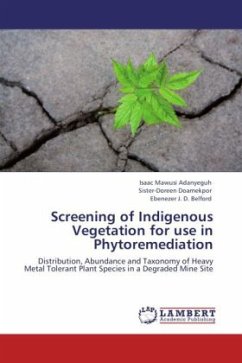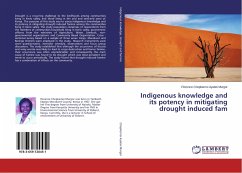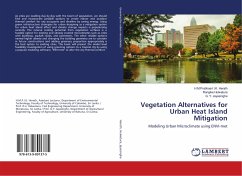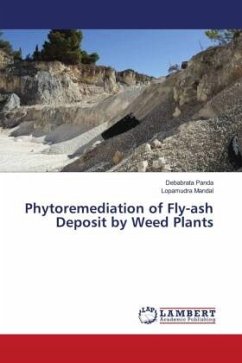Mining is beneficial to the economy of a nation but the environmental hazards associated with the exploitation and refining of the ore may be incalculable if not well managed. Conventional remediation methods have been less efficient, costly and can be destructive to the environment. An efficient method which is less costly is thus required. Phytoremediation is an eco-friendly approach which utilizes the innate capabilities of plants to clean-up the environment contaminated with hazardous materials. This book therefore examines potential indigenous plant candidates for use in phytoremediation of heavy metals. The study identified sixty-four different species found among 15 families, 40 genera and 5 growth forms. The most abundant indigenous plant species identified was Chromolaena odorata. The results obtained from the study suggest that there is a high potential for the use of plant species from the families Poaceae, Asteraceae, and Fabaceae in phytoremediation.
Bitte wählen Sie Ihr Anliegen aus.
Rechnungen
Retourenschein anfordern
Bestellstatus
Storno








